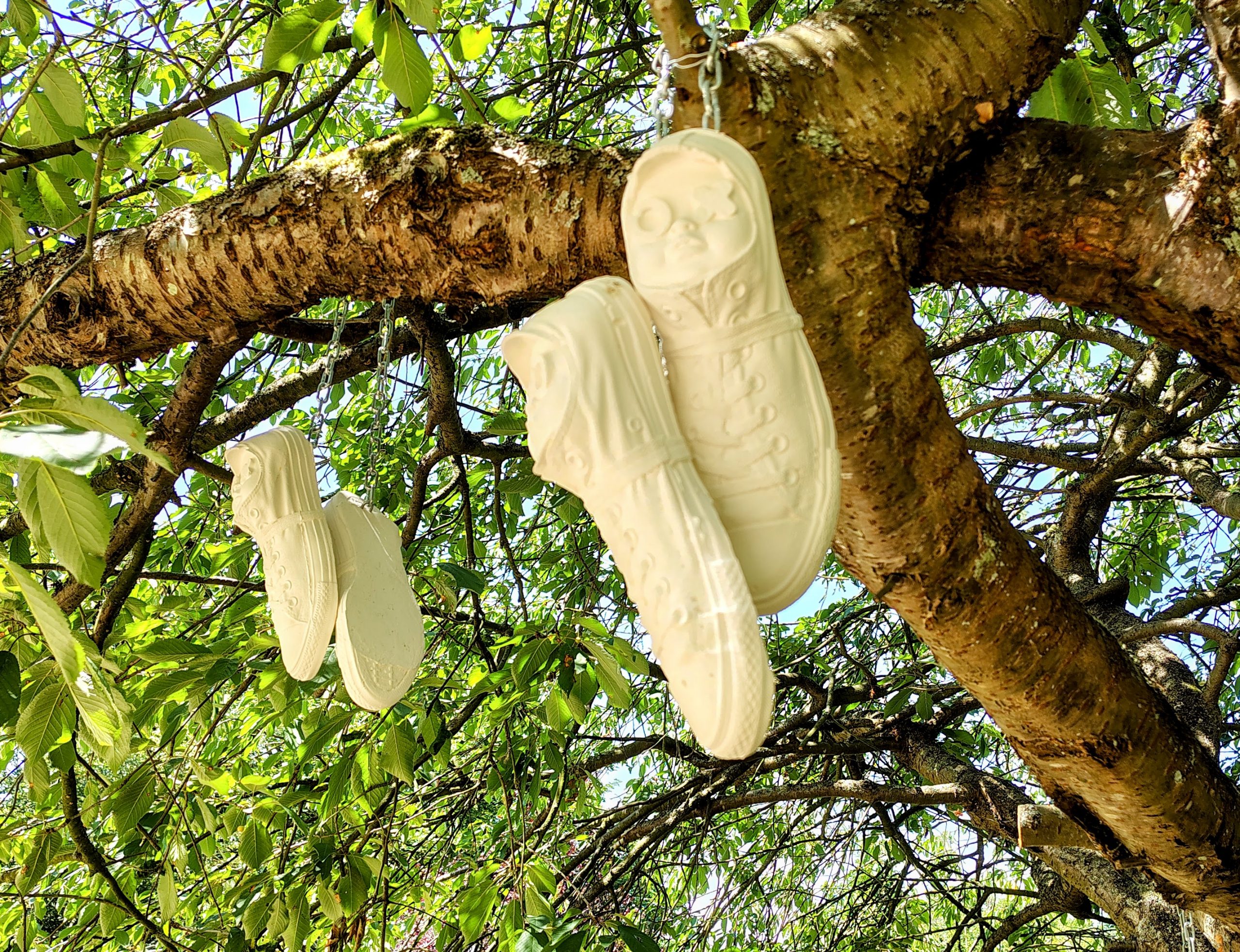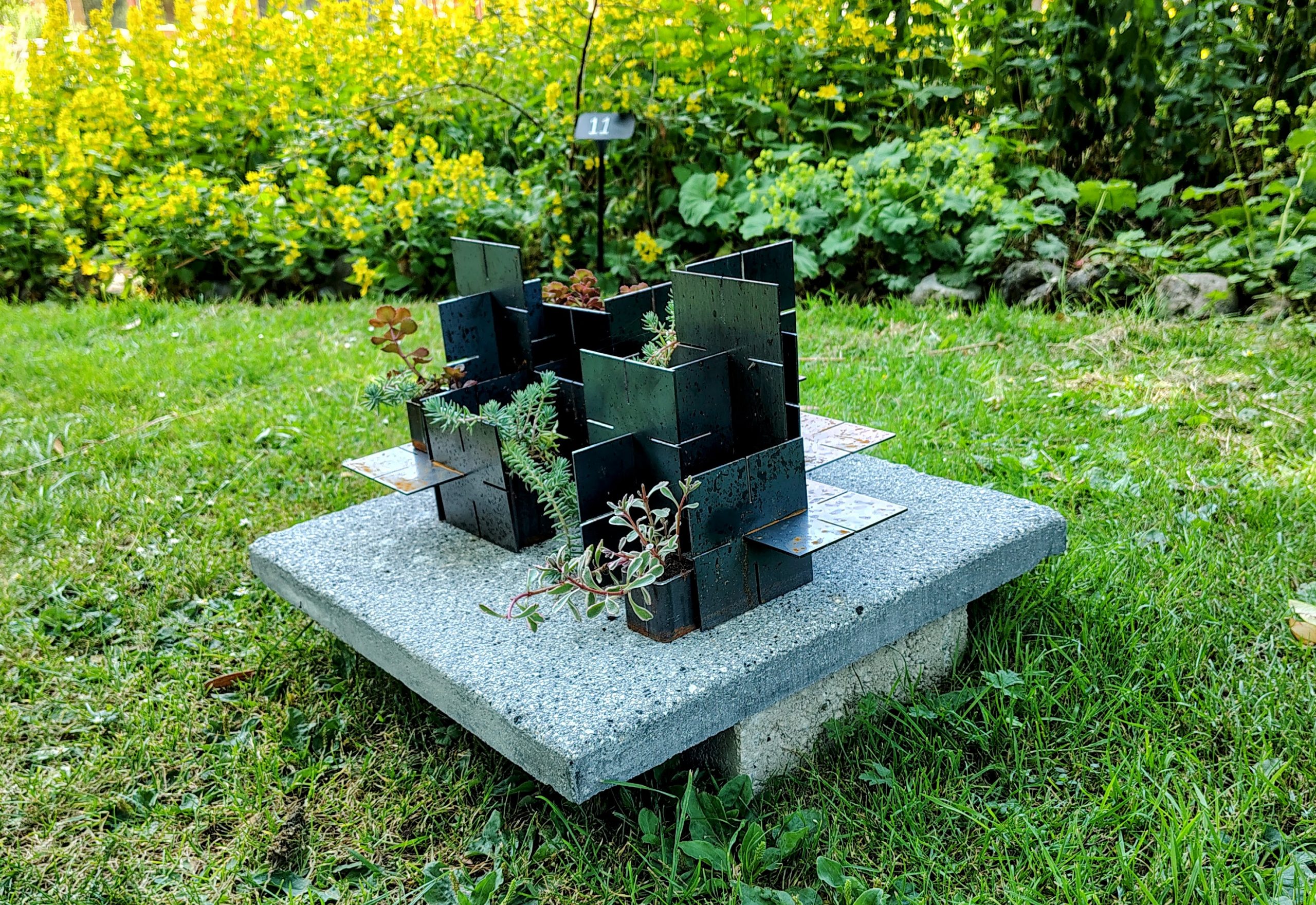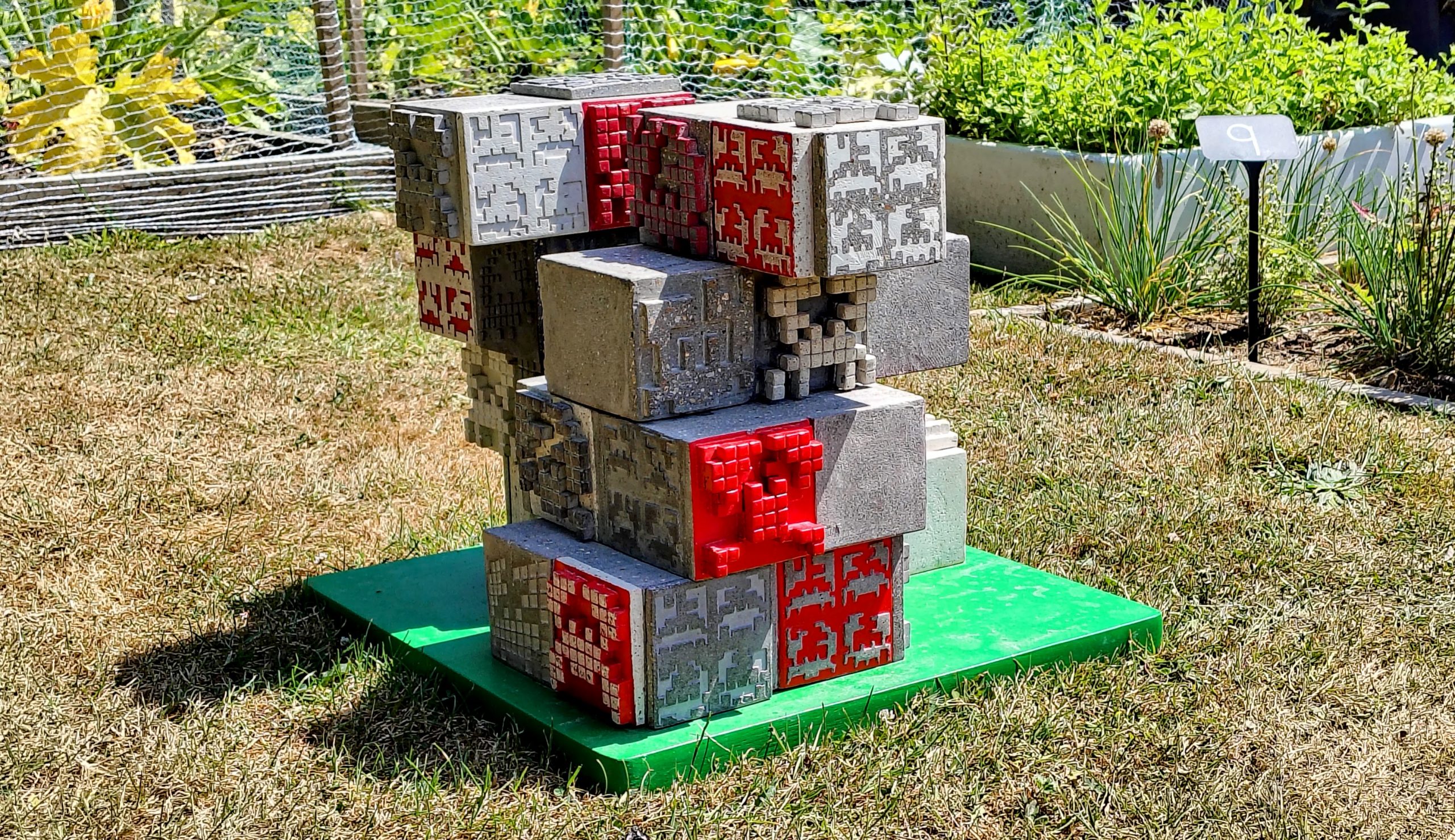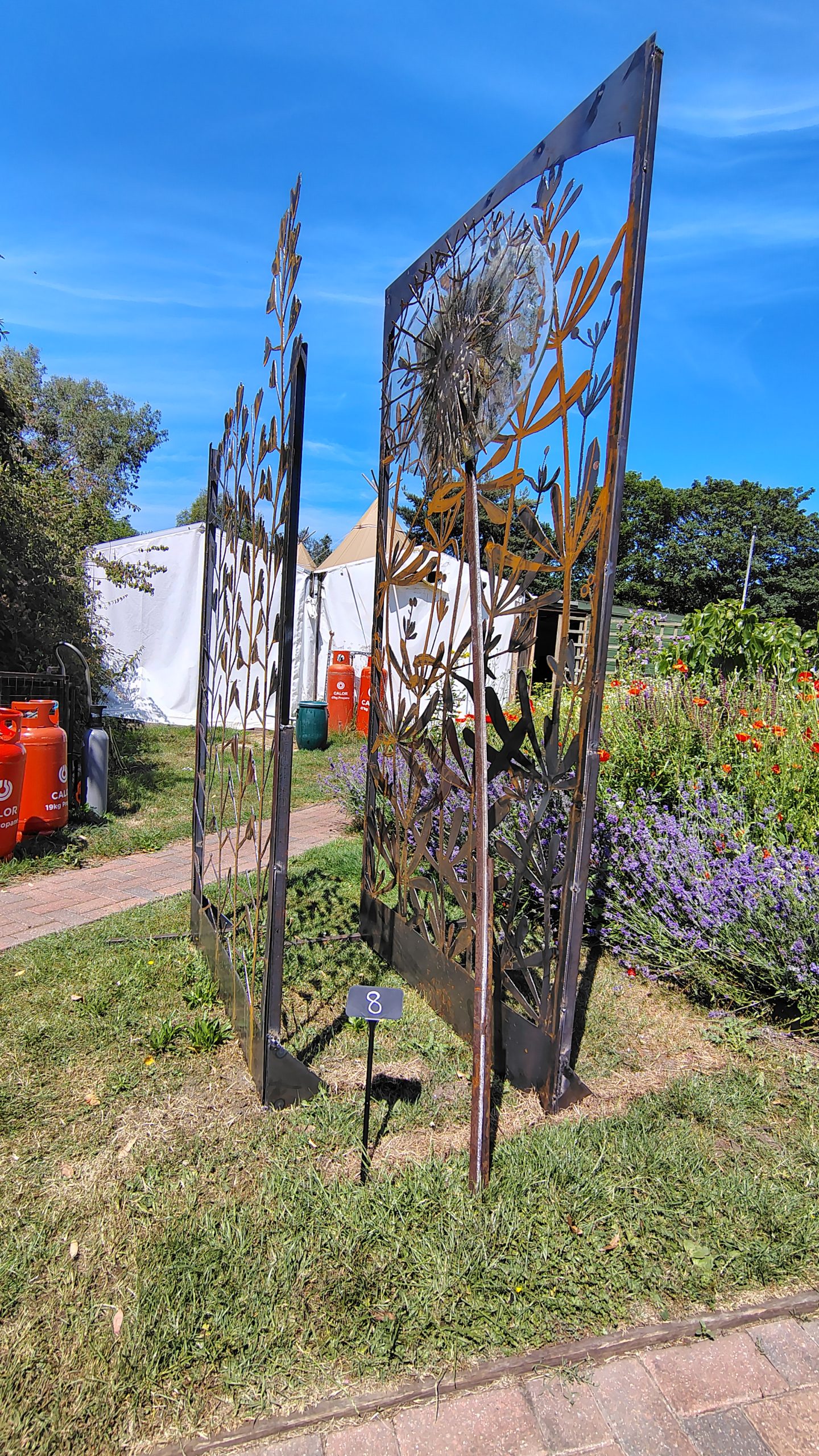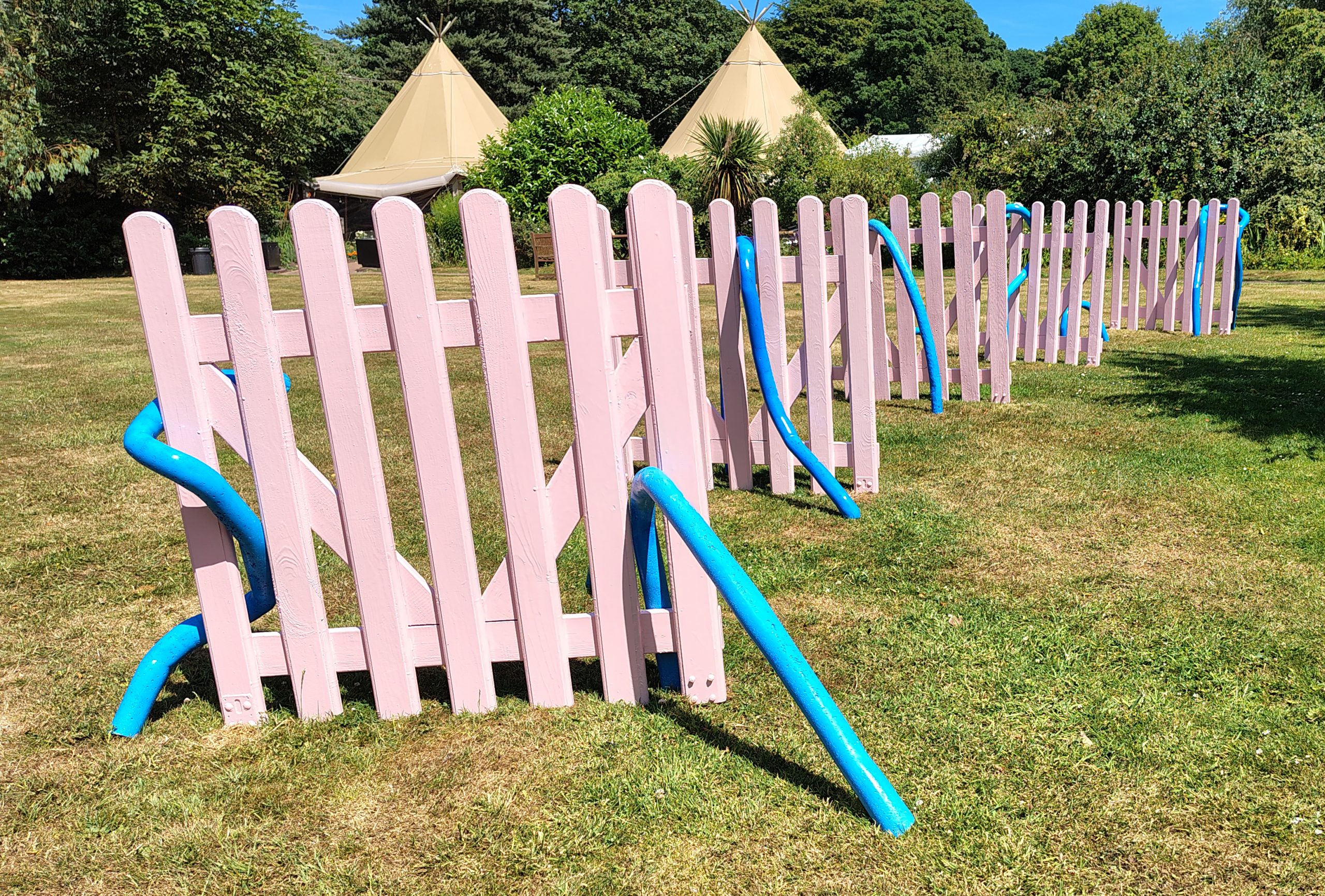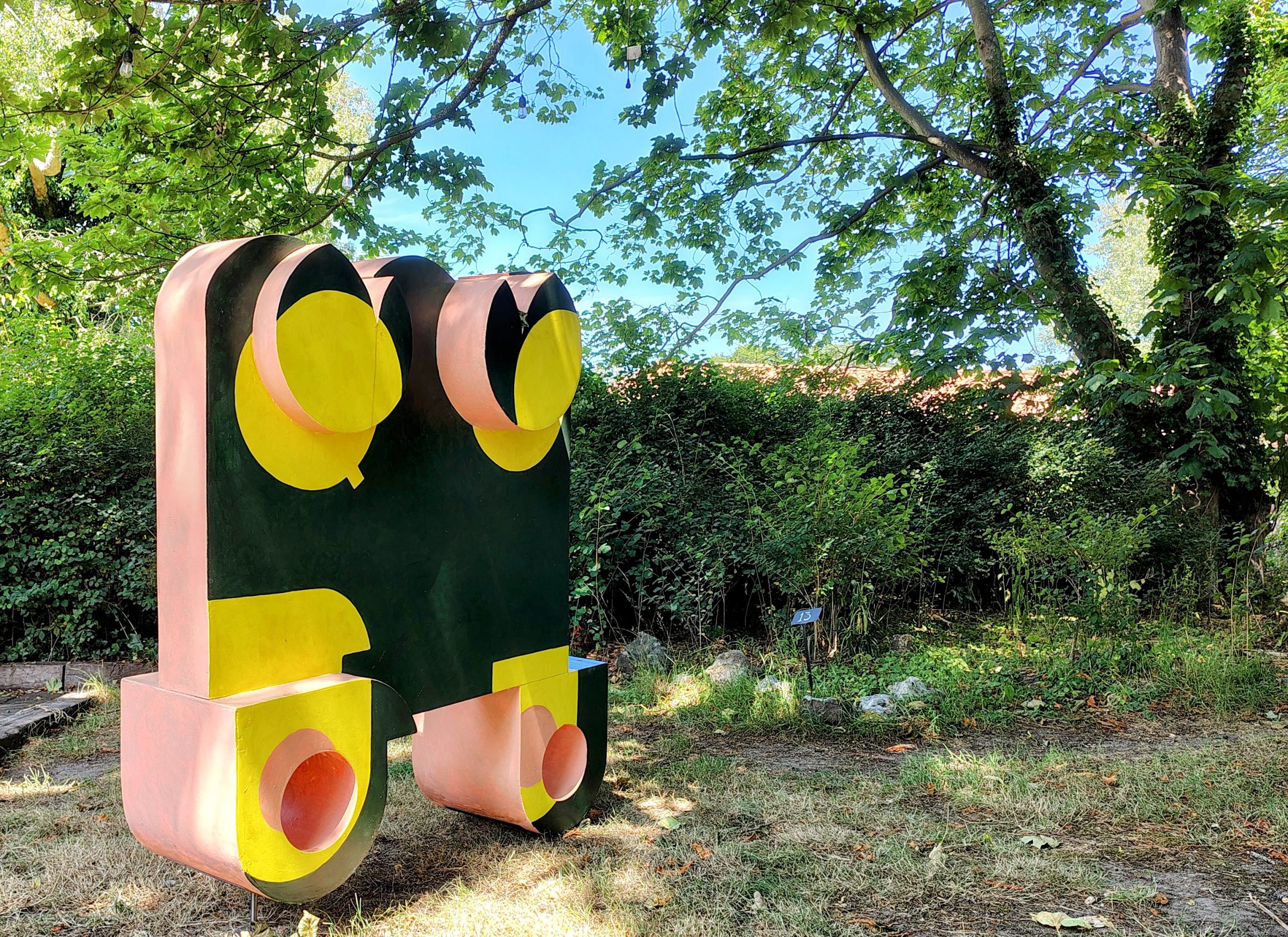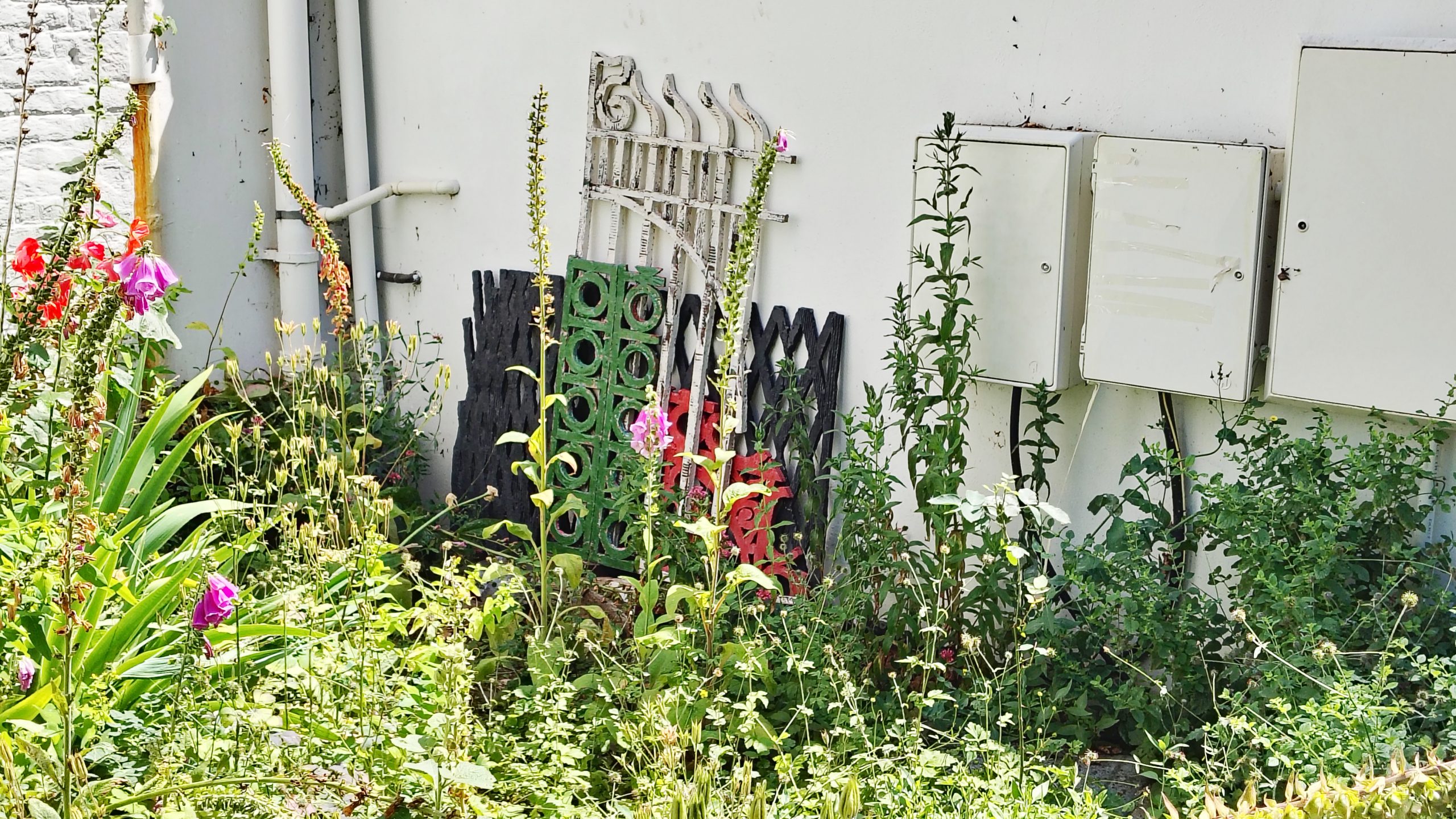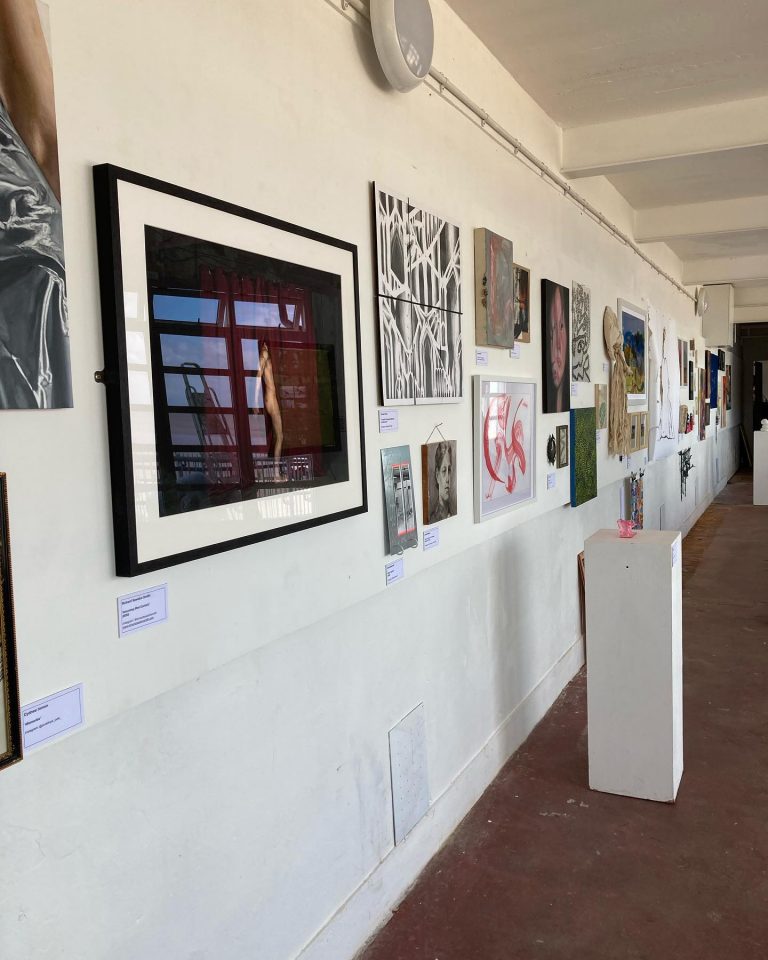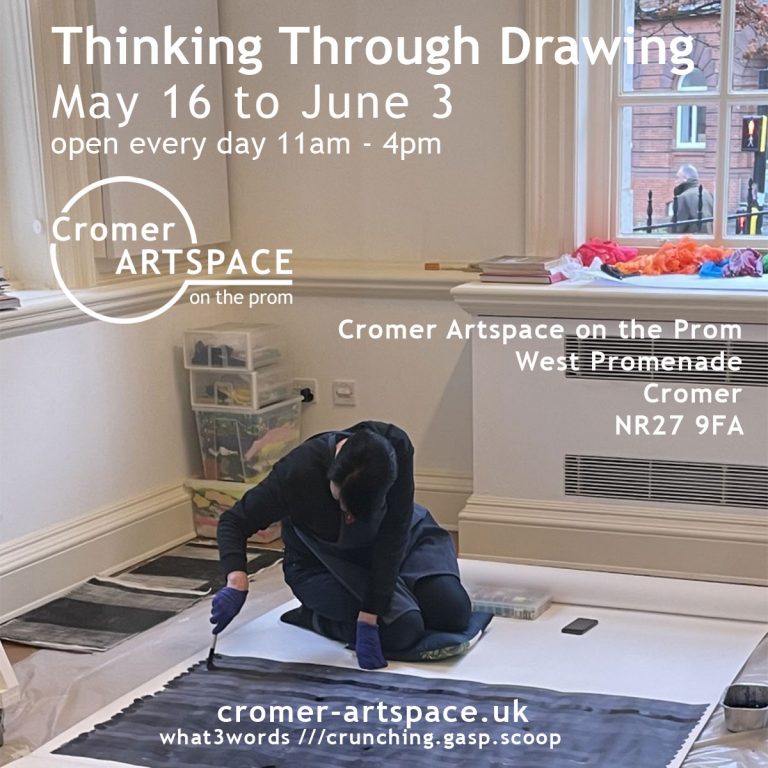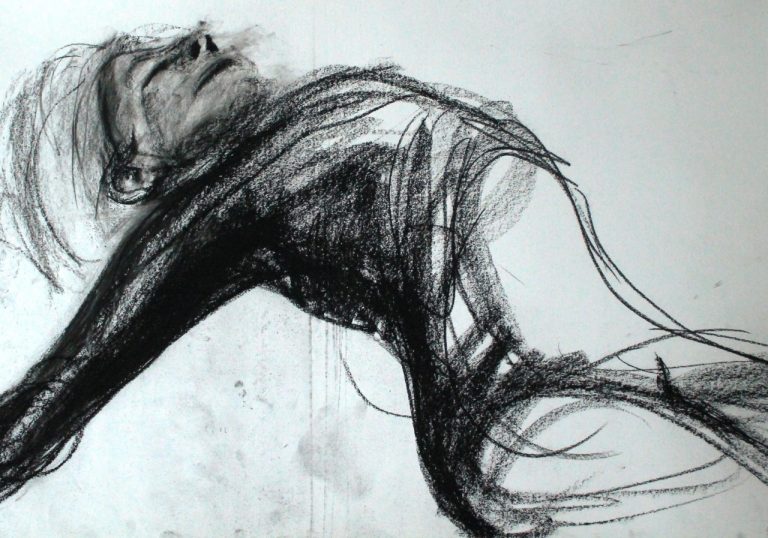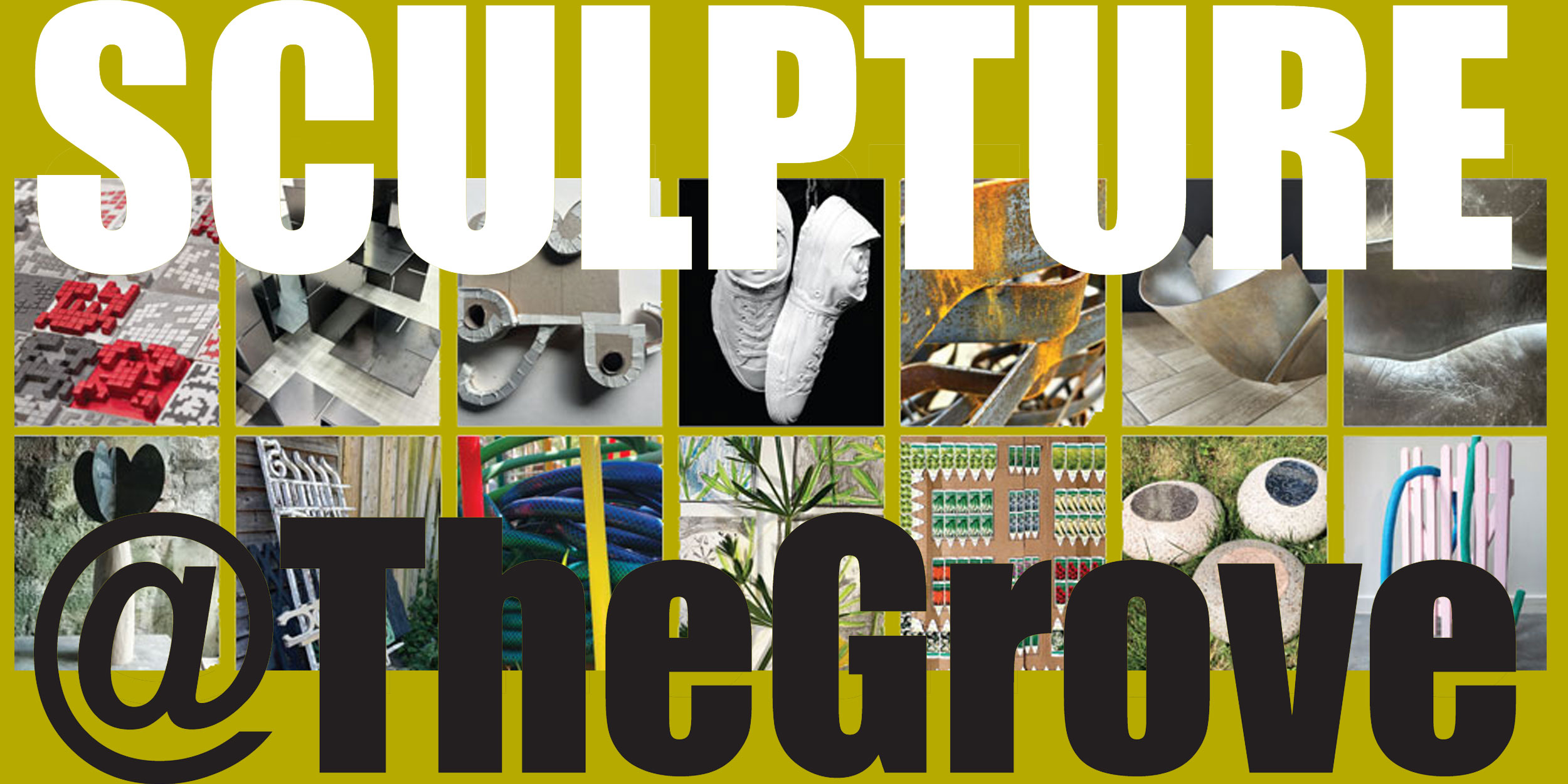
Cromer Artspace is proud to present two sculpture exhibitions running in parallel in 2025: Sculpture@theGrove and Sculpture@Artspace.
Sculpture@theGrove includes 14 new site-specific works, installed in the delightful grounds of the Grove, a beautiful Georgian Country House Hotel set in three acres of garden, only a ten-minute walk from the centre of Cromer. You can combine your visit with afternoon tea, lunch or even evening drinks and tapas at the Sundowner yurt, as the exhibition is open for free from 10am to dusk. You may well wish to visit more than once. The route around the installations is accessible for buggies and wheelchair users.
Download the leaflet here, or use our the free Bloomberg Connects app
Artspace on the Prom is known for its varied and exciting contemporary exhibitions. Sculpture@Artspace focusses on how sculptors think and the ways in which they develop their work. Visit this amazing space, right by the sea, to view sculptors’ drawings, maquettes and small works, by artists from East Anglia and beyond, including internationally recognised artists and those as yet not known beyond our region.
11. Francesca Cant, Coalesce
Coalesce takes inspiration from the point where nature and structure meet. The juxtaposition between harsh metal and soft natural material mirrors the push and pull of the human-made and natural environment. As the sculpture sits in the open air it adapts and weathers, as do the plants surrounding it; growing and coming together.
13. Stephanie Douet, COBRA
COBRA takes its hybrid form from objects around the Grove’s playground, and from some of the World War II defence structures found along the East Coast. It sits uncomfortably among the childhood amusements, the wild garlic, the swings and old tyres, simultaneously pompous, jokey and menacing.
3 and 7. The DnA Factory MRSS Consumer Game (the strange fruits of system decay)
Born from the idea of One Size Fits All, the Consumer Game Series explores issues around the nature of aggressive consumerism and a global economy built on consumption. Inside a pair of sculpted trainers, babies represent the everyman and the immersion from the cradle to the grave in
this all-consuming game.
5. Carl Durban, Thinking Loops – January ’25’
Carl Durban’s current practice explores his digital footprint, a representation of his physical presence and action that allows ethereal thinking and problem solving. The artistic outputs are a representation of paths taken, intersections made, and repeated traces creating various ‘Thinking Loops’ and ‘Story Maps’.
12. Victoria Fenn, Vessel 1
This sculpture, formed from two sweeping metal curves, symbolises Cromer’s deep maritime heritage. Evoking the motion of fishing boats and the rhythm of the waves, it reflects the enduring strength of local fishermen and their bond with the seas that has shaped the town’s identity for generations.
15. Jen Fox, Landlines, Glass
Interdependence with the natural world, through walking, has become the instrument for my creative practice and my thoughts have a symbiotic relationship with my footsteps. The motion of my body gives shape to my ideas, with the
association between my feet touching the ground, forming an intramural connection.
14. Beth Groom, Untitled
My work uses repeat patterns in sheet metal and wood to create sculptural forms. Playful manipulation of everyday shapes transforms the familiar into the ambiguous, prompting curiosity and reflection. Each piece becomes a dialogue between material repetition and the poetic potential of the everyday.
1. Tricia Hall, Things Going Up, Things Coming Down
Tricia is interested in the delicate balance between agility and stability. She interrogates her own thresholds for finish, perhaps by allowing things to remain unfinished, leaving the process exposed, including fragments and filtering. Experimenting with shapes, colour and textures reflect some of the forms and surfaces that constitute everyday life.
4. Clare Jarrett, Pipes Apocalypse
This is a fun piece making connections with the vibrant garden at The Grove, its greenhouses and brimming vegetable beds. The materials suggest concerns about current weather conditions in East Anglia, the necessity and value of clean water, its commodification and how we take this resource for granted.

8. Kate Munro, Weeds
I have been visiting the gardens at the Grove since
April, sketching and photographing the weeds I found thriving in the flower beds. Here is a flamboyant, joyful and rebellious collection that celebrates the beauty, resilience and gentle defiance of the overlooked and uninvited, showcasing Goosegrass, Dandelions and Shepherd’s Purse
10. Joy Pitts, Little Garden of Labels
Sculpture at The Grove is an opportunity for this work to be sited directly where it interacts with the growing environment, where seeds are germinated, and new life produces crops for harvesting. The work is playful, unexpected, controlled yet organic, a patchwork of colourful planting themes relating to the architecture of the space.
2. Gordon Senior, The Grove Star Charts 1, 2, 3
These sculptures are primarily concerned with star charts and the sky above me. My materials include cast resin set into different coloured sands and stone particles, which when added to cement, transform into a terrazzo-like surface. Each sculpture is painstakingly ground, honed and polished to its final state
6. Poppy Whatmore, The Insiders
The sculpture assembles worm-like forms pouring over garden gates, offering a zoomorphic and anthropomorphic element of movement through landscape. Gates are symbolic and physical borders between public and private land. The theme celebrates the freedom of boundlessly roaming
across our rural landscapes – facilitating the countryside to be enjoyed by all.
With thanks to Norfolk Contemporary Art Society

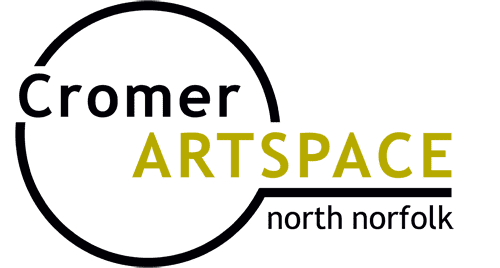
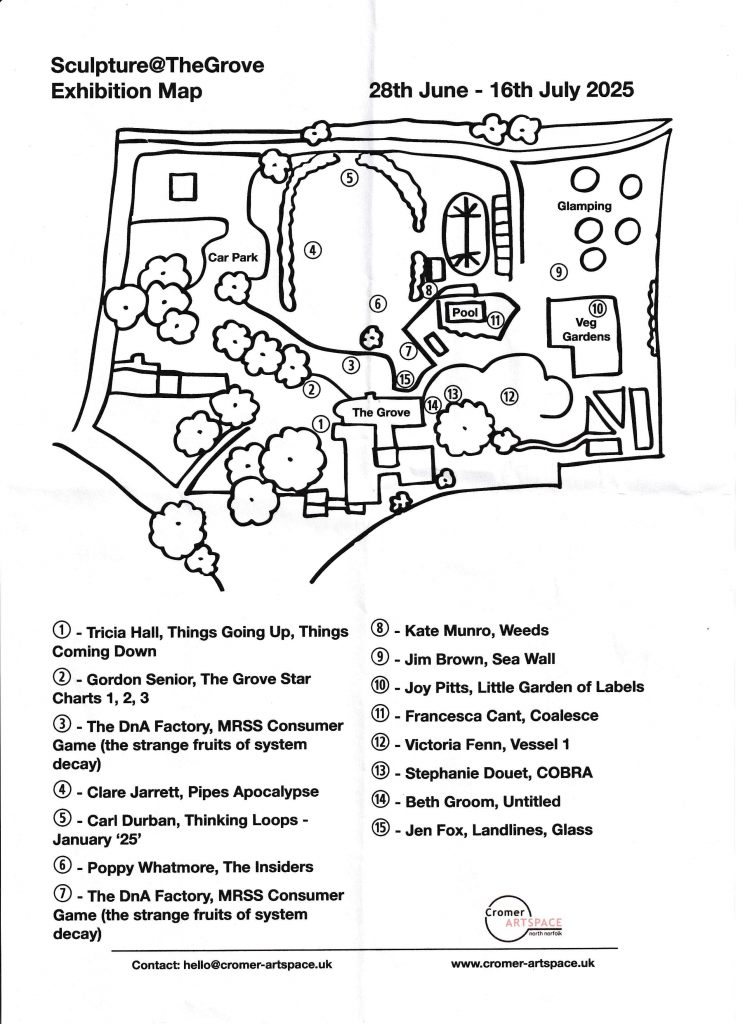



![The dna factory mrss consumer game [the strange fruits of system decay]](https://cromer-artspace.uk/wp-content/uploads/2025/06/THE-DnA-FACTORY-MRSS-CONSUMER-GAME-THE-STRANGE-FRUITS-OF-SYSTEM-DECAY-.jpeg)










